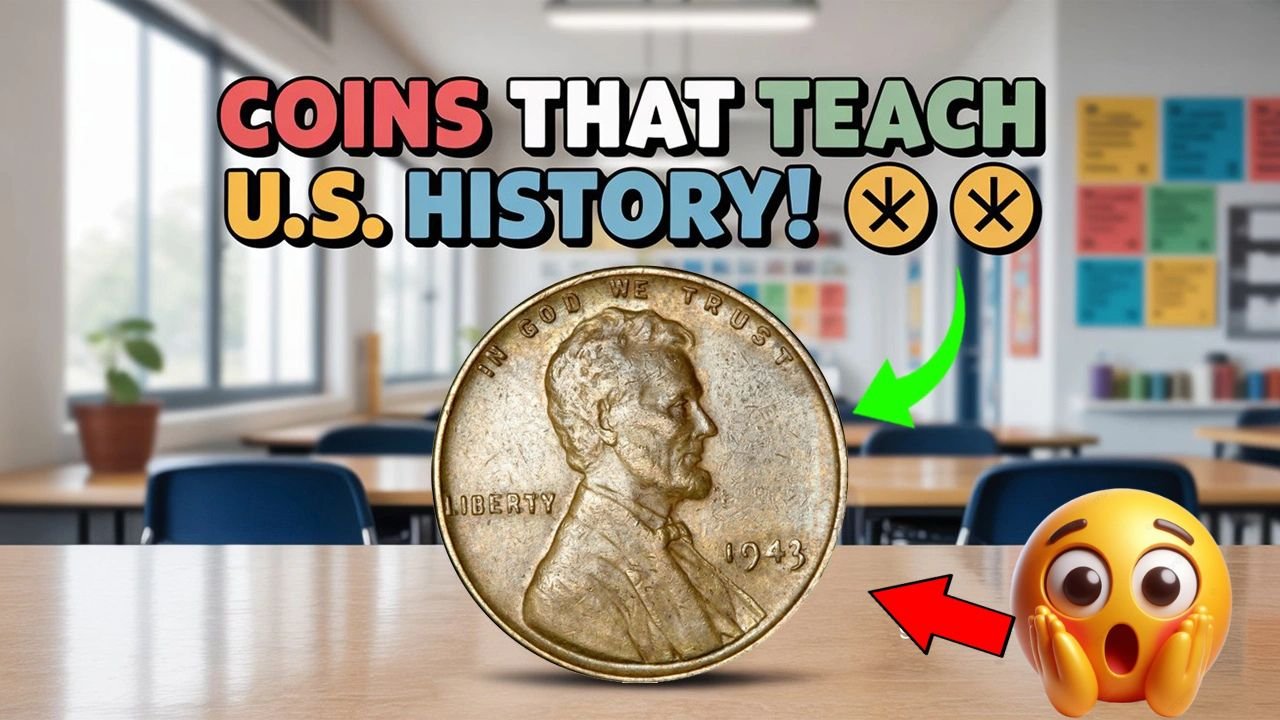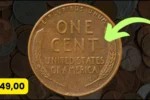Why U.S. Coins Are Perfect Tools for Teaching Historical Change Over Time: When we hold a coin, we are actually holding a piece of history in our hands. Every U.S. coin carries symbols, dates, and designs that tell us about the time in which it was made. These little metal pieces have survived wars, economic changes, and cultural shifts. Teachers can use coins as easy and practical tools to help students see how life in America has evolved over the centuries.
Designs on Coins Reflect Historical Events
The images and words stamped on U.S. coins often celebrate important people and events. From presidents like Abraham Lincoln on the penny to monuments like Monticello on the nickel, each design tells a story. As designs have changed over the years, they also show how America’s values and priorities have shifted. For example, the introduction of the 50 State Quarters Program allowed each state to showcase its own history and culture.
Dates and Mint Marks Show Time and Place
The dates on coins are more than just numbers. They remind us of the specific periods in American history. A penny from 1943, made of steel instead of copper, points directly to World War II when copper was needed for the war effort. Mint marks, tiny letters indicating where the coin was produced, also add to the story, helping students understand the geographical spread of the U.S. Mint.
Changes in Materials Tell Economic Stories
U.S. coins have not always been made of the same metals. For instance, early coins contained silver and gold, but as time went on, less expensive metals were used. This change reflects economic factors such as the Great Depression or rising metal costs. Teachers can use this to explain how economies influence even the smallest everyday items.
Coins Help Make History Tangible for Students
Unlike books or lectures, coins are physical objects students can touch and examine. This tactile experience helps bring history to life. Looking at a worn coin can make students imagine all the hands it passed through and the events it “witnessed” over decades or centuries. This makes learning about history feel more real and relatable.
A Quick Look at Historical Changes Through Coins
Here’s a simple table showing examples of how U.S. coins reflect different historical periods:
| Coin Type | Year | Historical Significance |
|---|---|---|
| Steel Penny | 1943 | Made during WWII when copper was scarce |
| Silver Quarter | Pre-1965 | Contained real silver before coinage act |
| State Quarter | 1999–2008 | Celebrated each U.S. state’s unique story |
| Bicentennial Coin | 1976 | Issued for America’s 200th anniversary |
Why Coins Are Easy for Teachers to Use
Coins are inexpensive, widely available, and familiar to students. Teachers don’t need fancy equipment or resources to use them in lessons. Even a small handful of coins from different years can spark rich discussions about economics, culture, and politics.
Connecting Coins With Everyday Life
Because coins are still part of daily life, they provide a bridge between the past and the present. Students can compare old coins with new ones to see how designs, materials, and even values have changed. This comparison helps them understand that history is not something distant—it’s connected to things they use every day.
FAQs About Teaching History With Coins
Why are coins better than textbooks for teaching history?
Coins give a hands-on experience that textbooks cannot. They let students feel and see history directly.
Can modern coins still teach historical lessons?
Yes. Even current coins show cultural values, commemorate events, and include designs that reflect modern history.
Where can teachers find historical U.S. coins?
Teachers can get them from coin shops, online stores, or even by checking pocket change for older dates.




